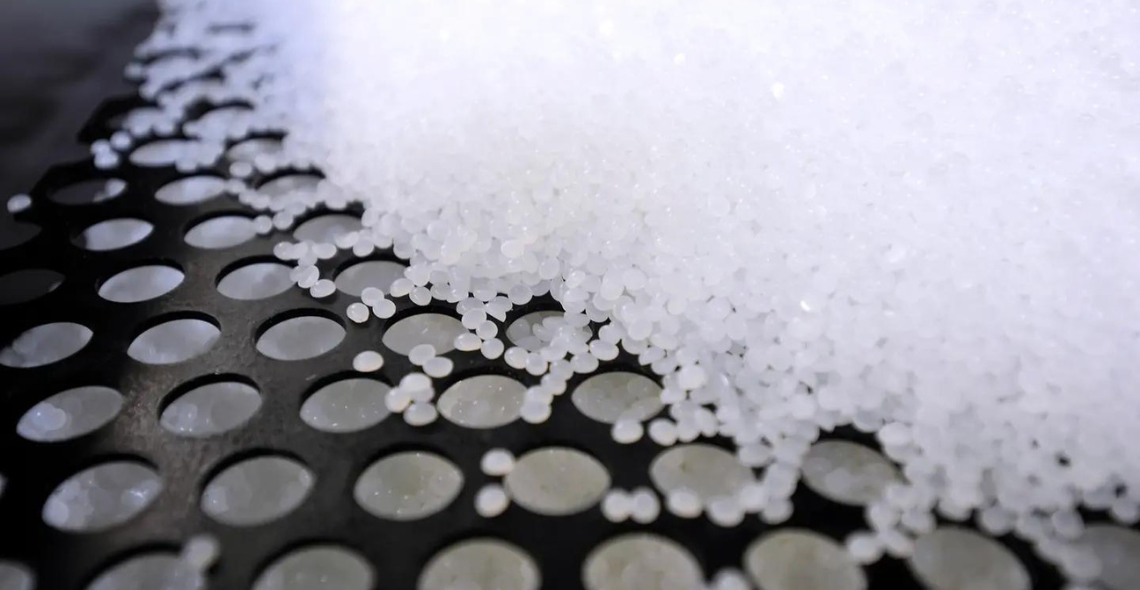Hot melt adhesives – Innovations and Trends
Published date: 22 January 2024

Hot melt adhesives have become indispensable in various industries due to their efficiency and versatility. Progressing hand in hand with technological advancements, the hot melt adhesive sector remains at the forefront. In this blog post, we will delve into the latest innovations and trends shaping the hot melt adhesive landscape. From custom formulations to bio-based sustainable options, the industry is evolving to meet the demands of a rapidly changing world.
Application-Specific Customisation
One notable trend in hot melt adhesive development is the move towards application-specific customisation. As industries become more specialised, the demand for specially formulated hot melt adhesives is on the rise. Manufacturers are working closely with end-users to understand their unique requirements and develop custom formulations that adhere to specific materials and address particular challenges. This trend not only ensures optimal performance but also enhances the overall efficiency of manufacturing processes.
Improving Efficiency and Safety
The journey of hot melt adhesives has witnessed significant advancements driven by the pursuit of efficiency and safety. Early formulations faced challenges related to high working temperatures, such as charring, fuming, and burn risks. Technology has responded with the development of adhesives that melt at temperatures as low as 98°C. Furthermore, innovative products such as Alphabond Adhesives’ SafeMelt introduce a colour-changing feature that serves as a visual indicator of the adhesive’s state. When cold, it appears blue, signalling its safe handling. As the adhesive reaches a critical temperature, it transitions to red, warning users of potential burn risks.
Coloured Hot Melt Adhesives for Enhanced Applications
Coloured hot melt adhesives have further uses besides safeguarding operators from burns. Products like Artimelt‘s temperature-triggered, colour-changing formulations find applications in product marking, labels, and adhesive tapes. The visual cue of applied adhesive makes it easier to check where the adhesive has been applied; inadequately coated parts or areas can be rectified, ensuring comprehensive coverage. In areas like packaging and labels, these adhesives change colour if temperatures fall below specified levels during transport or storage.
Sustainability in Hot Melt Adhesive Technology
In recent years, the adhesive industry, including hot melt adhesives, has embraced sustainability as a core principle. With increasing environmental concerns, leading manufacturers such as Bostik are exploring eco-friendly options without compromising on performance. Derived from renewable resources such as vegetable oils, starches, and natural polymers, bio-based hot melt adhesives significantly reduce environmental impact by decreasing dependence on fossil fuels and lowering carbon emissions associated with traditional adhesives.
Bio-based hot melt adhesives naturally break down over time, reducing waste and environmental pollution. Industrial composting conditions further facilitate the degradation of these adhesives. These advancements not only meet the demands of the present, but also lay the foundation for a more environmentally conscious future.
Click to explore Technomelt by Henkel, the top choice for hot melt adhesives.
At Conro Electronics, we’ll show you how to improve product reliability while increasing performance and lowering costs. Our team of technical support specialists will provide your company with dependable global supply, unrivalled efficiency, and superior technical support.
Feel free to contact us on 0208 953 1211 or send us an email to info@conro.com




Comments
There are currently no comments, be the first to comment.